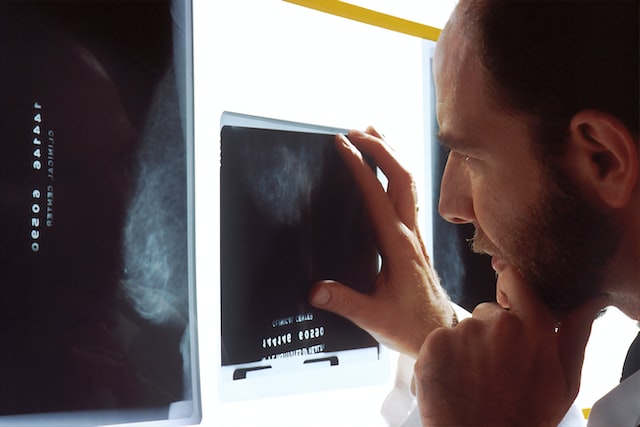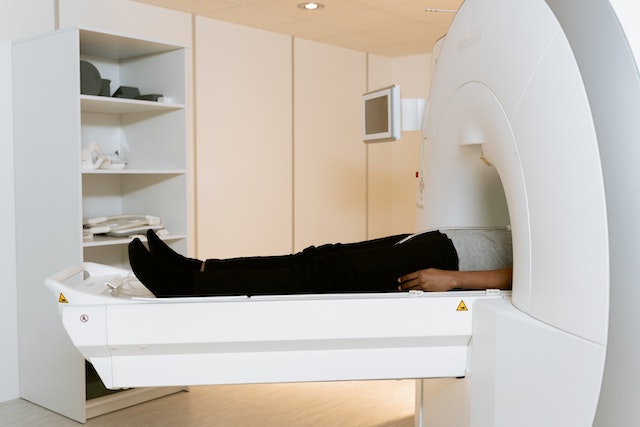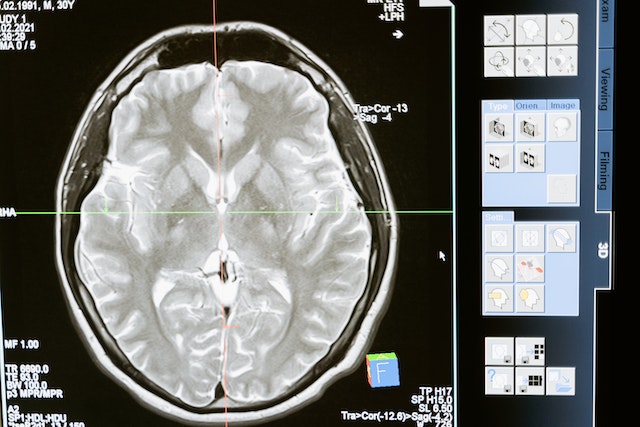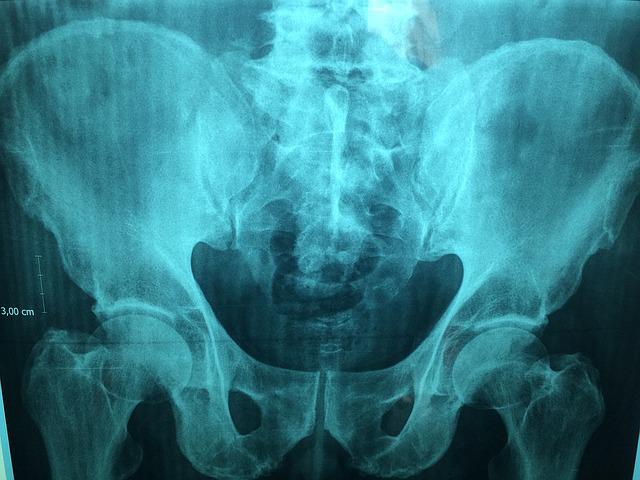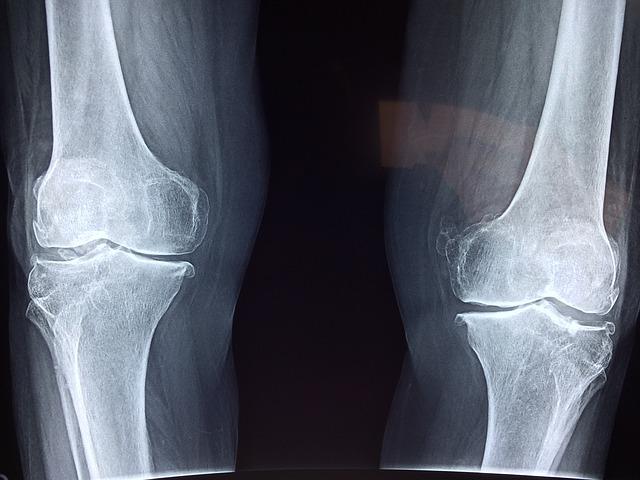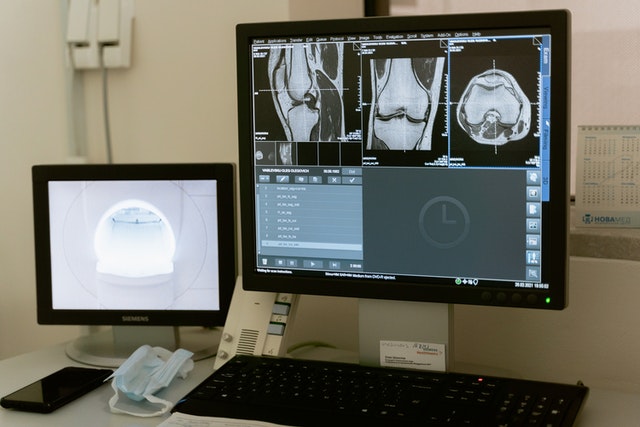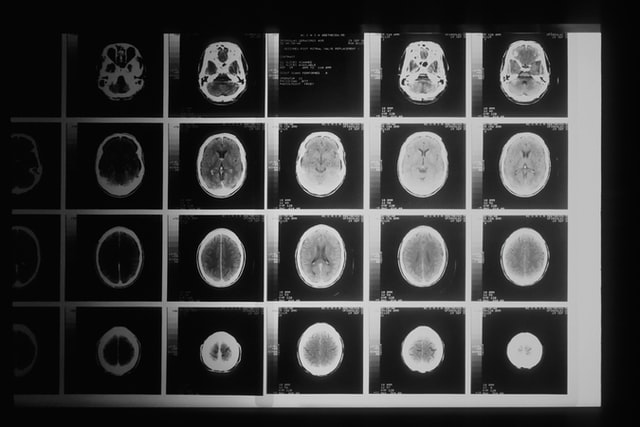Studies show that men are more likely to develop an illness than women. They also die an average of 5 years sooner than women. Despite this, women go to the doctor twice as much as men.
June is Men’s Health Month, and as such, it’s important to highlight the struggles that men go through in healthcare. The goal of Men’s Health Month is to bring awareness to the health issues that men face. Medical professionals can encourage men to prioritize their health.
Why Don’t Men Go To The Doctor?
In May 2022, the Harris Poll conducted a national survey of men across the United States. The survey took place for Orlando Health, interviewing 893 men aged 18 and older.
This survey aimed to gauge the mindset of the male population as it pertains to their individual health.
Men Believe They Are Healthier Than Others
According to this survey, 65% of men believe they are naturally healthier than others. Men may feel healthy in their day-to-day lives. Yet, there could be underlying conditions that aren’t caught without routine screening.
Unfortunately, with this mindset, men across the United States are going undiagnosed. 33% of the same men surveyed said they feel no need to visit the doctor for a yearly check-up.
Some of the most undiagnosed conditions include elevated blood pressure and colon cancer. High blood pressure can lead to a heart attack or stroke when left unchecked. Further, colon cancer is one of the most preventable cancers, but also one of the most deadly.
Men Value The Health Of Their Loved Ones Over Themselves
A key problem in society is that men learn to always put others before themselves. They don’t worry about their own needs. Men tend to be more concerned about the health of their spouses, their children, and their parents.
Dr. Movassaghi, a urologist and director of Men’s Health at Providence Saint John’s Health Center in Santa Monica, CA, says:
“We’re Supermen: we don’t want to ever get sick. We’re […] told by ourselves or by our friends [that] it’s almost like a negative connotation to go to the doctor.”
Men Don’t Feel Supported
There is a stigma behind men going to the doctor. This stigma is fueled or doused based on their loved-ones perspectives. Particularly the perspectives of the women in their lives.
The females in men’s lives offer the greatest support for a man’s health. Men are more likely to attend a doctor’s appointment if their daughters, wives, or mothers show concern. Additionally, men are more likely to book regular appointments if their mothers prioritized health for them as a child.
Men who avoid going to their doctor for routine screening may be lacking that extra support.
Men Don’t Want To Receive A Diagnosis
According to 21% of men surveyed, they avoid going to the doctor because they don’t want to be diagnosed. The fear of receiving a diagnosis is scarier for 1/5 of men than it is to ignore the problem.
Men Feel They Don’t Have Time To Go To The Doctor
People are taught that they should sacrifice everything for their jobs. As a result, men feel they don’t have time to go to the doctor.
Throughout society, men have been told they need to be the breadwinners. Even in a changing society, that mentality still persists. As such, men are reluctant to take time off work to attend much-needed health screenings.
The Real Picture: Men’s Health
Most men seem to believe they are healthier than others, but the numbers tell a different story.
According to the CDC:
- About 13.2% of men over the age of 18 are in “poor or fair” health
- 40.5% of men over the age of 20 are obese
- 51.9% of men over the age of 20 have high blood pressure or take medication for hypertension
- 50% of Americans over the age of 65 will develop a form of skin cancer
- 1/9 of men will develop prostate cancer in their lifetime
- 30.6% of men will experience depression in their lifetime
How To Convince Men They Need Screening
Medical professionals strive to put their patients first in all things. But, what about when your male patients show a reluctance to come to the doctor? How can you convince them to prioritize their health?

Offer TeleHealth Services
Most medical professionals prefer seeing their patients in person. It’s easier to assess their health. Yet, many men prefer attending doctor’s visits online. Many are more likely to schedule an appointment.

A MENtion It Survey of September took place in 2021. It found that men schedule an appointment every 1.5 years or less. Yet, 66% of the men surveyed stated that they had used TeleHealth services in the past 12 months.
Although, as a medical professional, you may need to do more to push your patients to come to see you in person. Still, Telehealth offers a good temporary solution. It gets your male patients “in-the-door” to get their health accessed.
Exhibit Compassion & Encouragement
Many men avoid going to the doctor because they feel it’s not necessary. Much of this mindset stems from embarrassment. Men feel that they should be invincible, so they feel they shouldn’t need to go to the doctor.
A fear of many patients — men and women — is not being taken seriously by their doctors. Many patients feel belittled when attending appointments. Or, they feel that their concerns aren’t taken seriously.
Patients who receive this treatment aren’t likely to return.
It’s important for medical professionals to show compassion for their patients. There are many reasons someone may not be taking care of their health. They may not have the time or the resources, or they are too embarrassed.
It is not the job of the medical professional to judge their patient. It is the job of the medical professional to respectfully address the patient’s concerns. They should encourage the patient to keep coming back for ongoing treatment.
Set Them Up For The Future
Many men feel they have too much on their shoulders. They need to take care of their family’s health and earn money to support their family.
Medical professionals can give their male patients a gentle reminder. To care for their families, they need to care for themselves first
It’s likely that a loved one has already pushed the patient to seek help for his health. Still, they sometimes need that extra push from a professional.
What Screening Should Men Receive?
There are several illnesses that men can receive screening for.
Yearly Check-Up
Most men don’t come in for a yearly check-up with their doctor, and this leads to illnesses going undiagnosed. Many illnesses are treatable when diagnosed early. Treatment becomes severely more difficult if the illness has already progressed too far.
Dr. Hendrickson of UT Health, says it’s difficult to stop or reverse an illness after the damage is done. This is especially true for cardiovascular disease, stroke, and cancer.
Blood Pressure
Heart disease is the number one killer among men. Death often stems from undiagnosed high blood pressure. Healthy adult men should have their blood pressure checked at least once a year for any changes.
Cancer
40.2% of men are at risk of cancer in their lifetime, with prostate cancer being the number one threat to men. This is followed by lung and colorectal cancer.
Cholesterol
Men with high cholesterol will be at higher risk for heart disease and stroke. So, all men over the age of 35 should have their cholesterol checked every two years.

Some men should have their cholesterol checked more frequently. This includes men who smoke, are obese, and whose family has a history of heart disease. Those who have diabetes or high blood pressure should receive a screening more often as well.
Colonoscopy
It’s no secret that most people avoid having a colonoscopy, but it can be the difference between life and death. Every man should receive their first colonoscopy at the age of 45. They should receive later screenings every 10 years.
Depression
Mental illness has a stigma in our society, particularly among men. This is all the more reason to have your male patients screened for depression.
Depression affects your patient’s mental health, but also their physical health. It can increase the patient’s risk for heart disease and other serious conditions.
Diabetes
Men should have their glucose levels checked every year.
Men who are more at risk for diabetes should be checked more frequently. This includes men experiencing symptoms like excessive thirst, frequent urination, rapid weight loss, or tingling in the hands or feet.
Prostate Exam
Most doctors recommend the first prostate exam at age 50. Although many men dread this exam, it’s important to prevent prostate cancer.
Conclusion
Studies show that men are more prone to illness than women, yet they seek help for their health about half as often.
June is Men’s Health Month, so it’s time for a reminder to advocate for men’s health.
Heart disease is the number one killer among men, and cancer comes in a close second. Medical professionals can help change that by advocating for their patient’s health. By encouraging your male patients to take charge of their health, you might be saving a life.
By partnering with a telemedicine company like Vesta, you are able to outsource your radiology requirements (in part, or fully), to our US Board Certified Radiologists so you can continue to offer quality healthcare to your patients. Learn more about how we work with a variety of healthcare facilities to support their staff and workflow: vestarad.com
